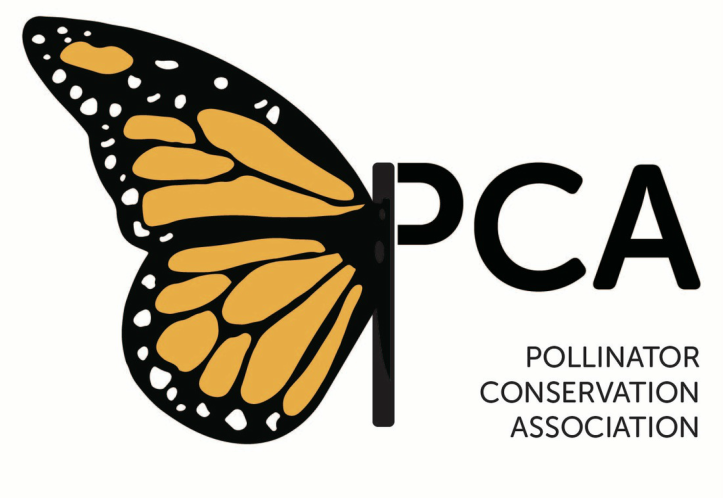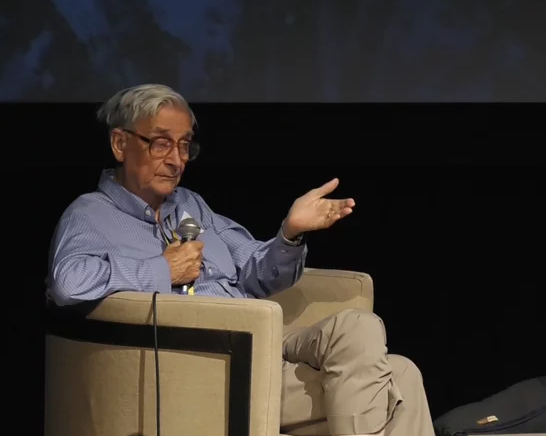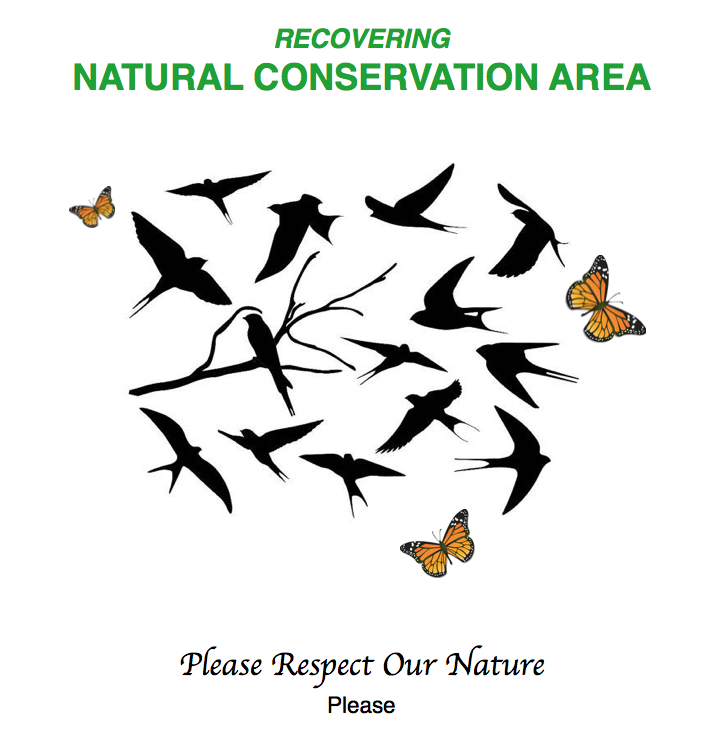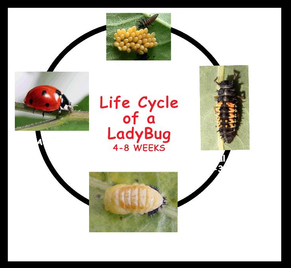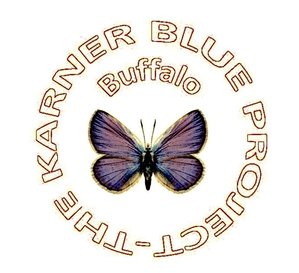-LEARN ABOUT NATIVE POLLINATORS-
This Page is the Gateway to our Learning Library
For Links to Seasonal Programming and Events CLICK HERE
In the Learning Library you will find links to:
Citizen science, biodiversity, native plants, and plant communities, butterflies, bee's, plant lists, and more.
For more information, questions, and suggestions, use the contact sheet below.
Citizen science, biodiversity, native plants, and plant communities, butterflies, bee's, plant lists, and more.
For more information, questions, and suggestions, use the contact sheet below.
What are Native Pollinators? A pollinator is an animal, often an insect that helps to move pollen within or between the flowering parts of plants. This allows for the fertilization of seeds and the creation of fruit. Pollinators include butterflies, birds, bees, bats, moths, beetles, ants, and many other species. Native pollinators are those that have evolved within a native ecosystem and ecological community. Pollinators such as domestic honeybees are agricultural products servicing the food industry, and are not considered to be a native pollinators. However issues that effect native pollinators also effect honeybees. For more info: CLICK HERE
The New York State Natural Heritage Program is engaged with a Native Pollinator Survey. CLICK HERE FOR INFO. Workshops and counts/surveys being undertaken now. e-reporting is being done through iNaturalist. Below are full copies of the New York State Pollinator Protection Plan, and the Empire State Native Pollinator Survey Participant Handbook (April 2018)
Biodiversity-How the Natural World Works
Biodiversity, the incredible variety of life forms that have evolved together in particular places such as habitats and ecosystems, and in all places such as the oceans, forests, and other bioregions, forms the architecture and building blocks of life and life giving energy on this planet. Understanding how biodiversity works to support life is the gateway toward understanding conservation. Generally speaking, biodiversity helps to ensure and sustain a healthy ecology by providing ecosystem functions including redundancy, resilience, and restoration. Evolution is one of the most important aspects of biodiversity. Plants and animals have co-evolved in places together, which helps to characterize how ecosystem services work. This is a primary reason why we place emphasis on native plants and animals, and native ecosystems.
Xerces SocietyThe Xerces Society is one of the oldest and most evolved Conservation organizations in the world. Great programs great website, great information. To Learn More CLICK HERE
XERCES SOCIETY Pollinator Plants of the Great Lakes. Click Document to the Right to Download and Read! |
Your browser does not support viewing this document. Click here to download the document.
|
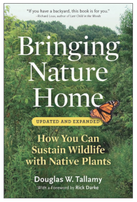
Doug Tallamy provides an easy to understand and comprehensive explanation of the importance of biodiversity.
CLICK HERE TO GO TO OUR DOUG TALLAMY PAGE
CLICK HERE TO GO TO OUR DOUG TALLAMY PAGE
Links
GreenFacts: Biodiversity and Human Well-being
World Wildlife Fund Global: Why Variety in Nature is so Vital
National Geographic: Biodiversity
Wikipedia: Biodiversity
GreenFacts: Biodiversity and Human Well-being
World Wildlife Fund Global: Why Variety in Nature is so Vital
National Geographic: Biodiversity
Wikipedia: Biodiversity
VIDEO
|
|
Lost Ladybug Project CLICK HERE
|
